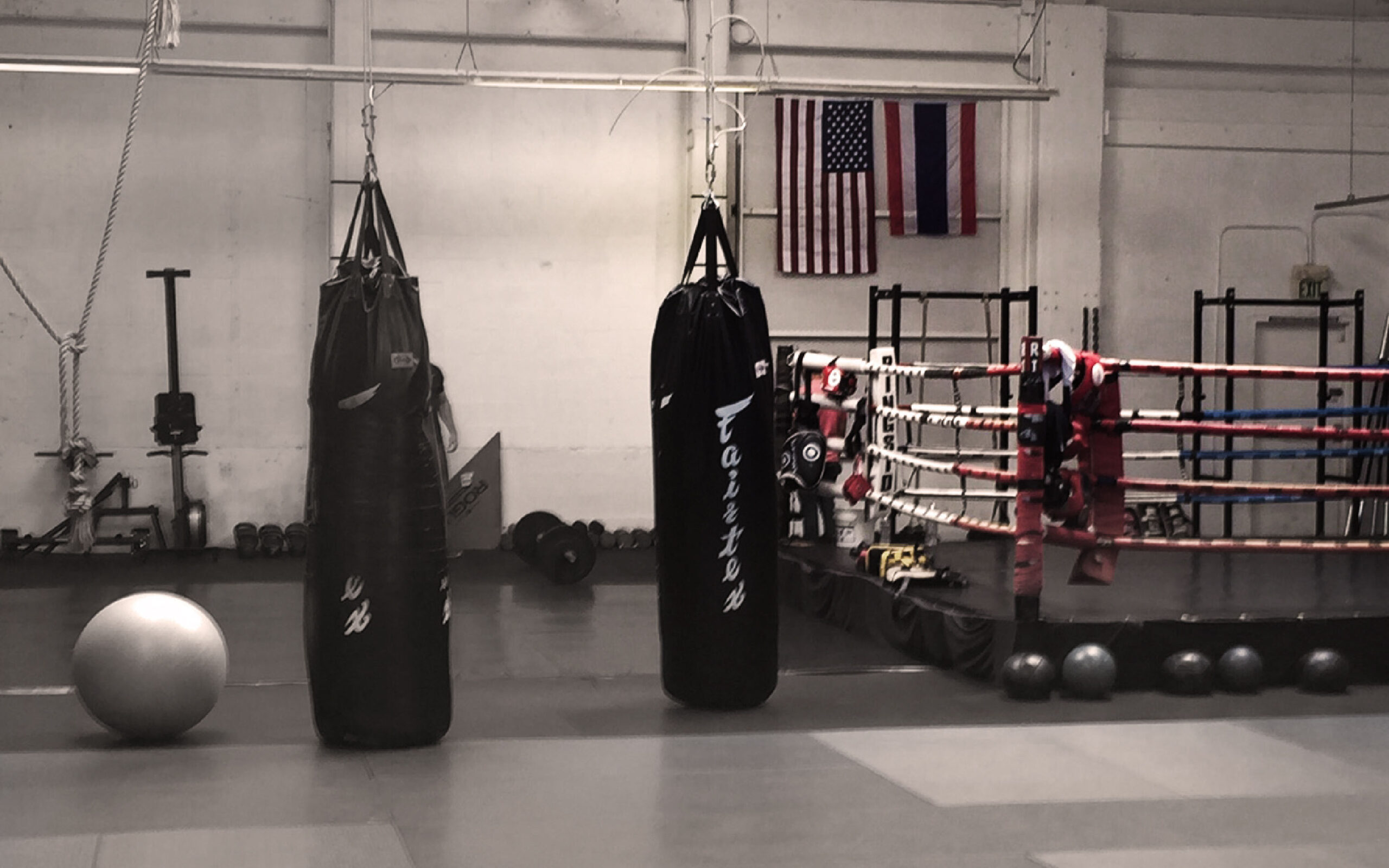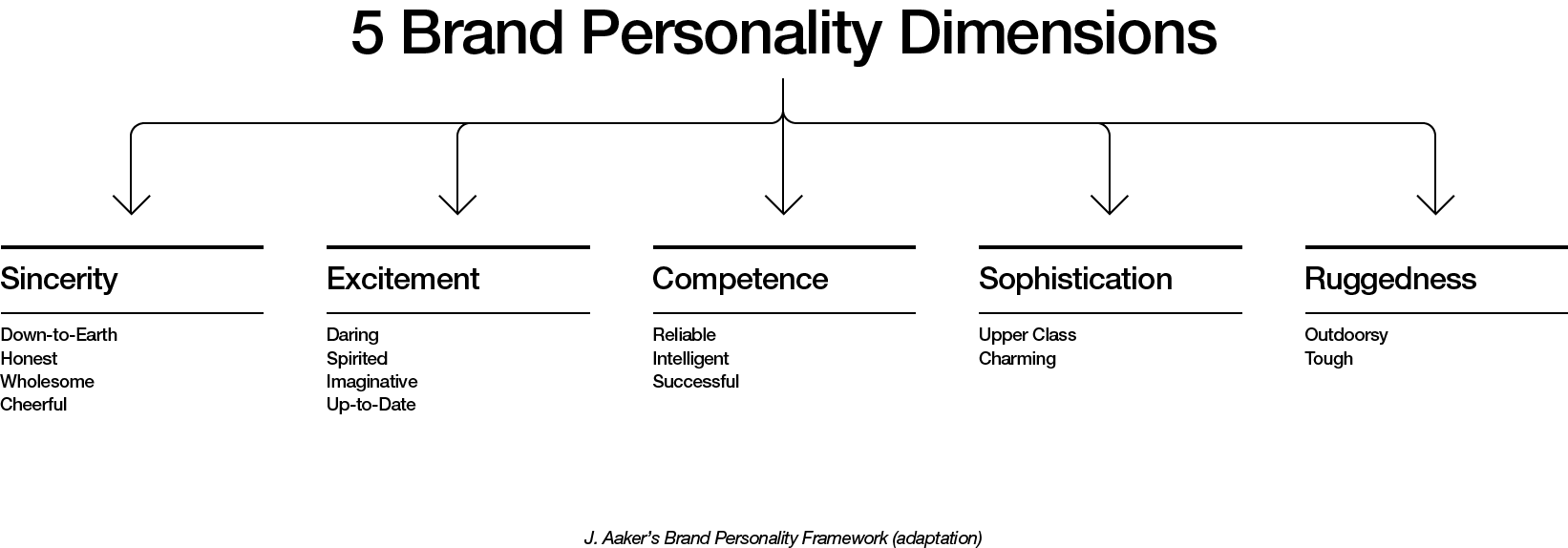What Brand Personality Actually Means
Brand personality represents the human characteristics consumers assign to brands—the emotional, psychological, and behavioral traits that make brands feel like people rather than corporate entities. This humanization creates deeper connections between businesses and their audiences.
When customers interact with brands that have distinct personalities, they form relationships similar to human connections. They choose brands that reflect their values, aspirations, or desired identity, transforming transactions into ongoing relationships.
The Business Impact of Personality
Differentiation in Crowded Markets
Strong personality helps brands stand out when products and services become increasingly similar. Personality becomes the deciding factor when functional benefits are comparable.
Emotional Connection
Customers develop loyalty to brands they perceive as sharing their values or representing their ideal selves. This emotional bond transcends price sensitivity and competitive offers.
Consistent Communication
A defined personality provides a framework for all brand communications, ensuring coherent messaging across channels and touchpoints.
The Five Personality Archetypes
Sincerity
Characteristics: Honest, genuine, trustworthy, down-to-earth Brand Example: Patagonia demonstrates authenticity through environmental activism and transparent business practices
Excitement
Characteristics: Bold, innovative, energetic, creative Brand Example: The excitement Nike generates through its campaigns inspires action, whether it’s pushing personal limits or taking a stand for societal change
Competence
Characteristics: Reliable, professional, intelligent, successful Brand Example: Apple projects competence through innovation, high-quality products, and a user-centric approach
Sophistication
Characteristics: Elegant, premium, refined, aspirational Brand Example: Chanel maintains sophistication through timeless design and luxury positioning
Ruggedness
Characteristics: Tough, outdoorsy, durable, adventurous Brand Example: Harley-Davidson represents ruggedness through motorcycle culture and rebellious spirit
How Personality Manifests
Visual Expression
- Logo design and color psychology
- Typography choices and imagery style
- Product design and packaging aesthetics
- Photography and illustration approaches
Communication Style
- Consistent tone of voice across all content
- Appropriate language choices and vocabulary
- Developed messaging strategy and storytelling approach
- Social media presence and interactions
Real-World Applications
Nike — The Excitement Archetype
Nike’s personality centers on motivation and achievement. The “Just Do It” slogan, dynamic visual identity, and athlete partnerships all reinforce an exciting, performance-driven character that inspires customers to push their limits.
Apple — Sophisticated Innovation
Apple combines sophistication with innovation through minimalist design, premium pricing, and carefully controlled brand experiences. This personality attracts customers who value both style and technological advancement.
Starbucks — Competent Community Builder
Starbucks projects reliability and community connection through consistent quality, neighborhood presence, and social responsibility messaging. This competent yet approachable personality makes it a trusted daily choice.
Developing Your Brand Personality
1. Audience Analysis
Research your target customers’ values, aspirations, and personality traits. Your brand personality should complement and appeal to their self-image.
2. Competitive Positioning
Analyze competitors’ personalities to identify differentiation opportunities. Choose traits that set you apart while remaining authentic to your business values.
3. Personality Definition
Select 3-5 core personality traits that —
- Align with your business objectives
- Resonate with your target audience
- Differentiate you from competitors
- Feel authentic to your organization
4. Expression Guidelines
Create specific guidelines for how personality manifests across:
- Visual design elements
- Written communication
- Customer interactions
- Marketing campaigns
- Product development
5. Consistency Implementation
Train teams on personality expression and regularly audit touchpoints to ensure consistent personality delivery across all customer interactions.
Strategic Considerations
Authenticity Over Aspiration
Choose personality traits that genuinely reflect your organization’s culture and capabilities rather than aspirational characteristics that feel forced.
Evolution vs. Revolution
Brand personalities can evolve over time, but dramatic changes risk confusing loyal customers. Gradual refinement typically works better than complete transformation.
Multi-Dimensional Complexity
Modern brands often combine multiple personality dimensions. The key is identifying one primary archetype while incorporating complementary secondary traits.
A well-executed brand personality creates sustainable competitive advantages by fostering emotional connections that transcend functional benefits, ultimately driving customer loyalty and business growth.

